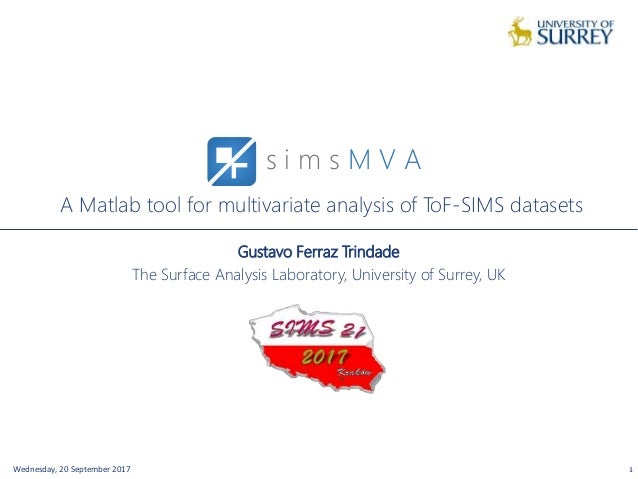Old magnetic sector SIMS, model IMS 3f, succeeded by the models 4f, 5f, 6f, 7f and most recently, 7f-Auto, launched in 2013 by the manufacturer.AcronymSIMSClassificationMass spectrometryAnalytesSolid surfaces, thin filmsOther techniquesRelatedSecondary-ion mass spectrometry ( SIMS) is a technique used to analyze the composition of solid surfaces and by the surface of the specimen with a focused primary and collecting and analyzing ejected secondary ions. The mass/charge ratios of these secondary ions are measured with a to determine the elemental, isotopic, or molecular composition of the surface to a depth of 1 to 2 nm. Due to the large variation in ionization probabilities among different materials, SIMS is generally considered to be a qualitative technique, although quantitation is possible with the use of standards. SIMS is the most sensitive surface analysis technique, with elemental detection limits ranging from parts per million to parts per billion. Schematic of a typical dynamic SIMS instrument.


High energy (usually several keV) ions are supplied by an ion gun (1 or 2) and focused on to the target sample (3), which ionizes and sputters some atoms off the surface (4).
This is the first report of an application of collisionally induced fragmentation of amino acids (AA) and their derivatives by MALDI TOF/TOF tandem mass spectrometry (MS). In this work, we collected the data on high-energy fragmentation reactions of a large group of protonated amino acids and their derivatives with the goal of determining which product ions are analyte specific and if yields of these fragment could be used for quantitative analysis.
Endress Hauser Tof Tool Software Download

Tof Tool Software Download
From 34 different amino acids (20 α-amino acids, β-amino acids, homocysteine, GABA, and modified AA Met sulfone and sulfoxide, hydroxyproline, etc.) we observed that high yields of the target specific immonium ions and fragmentation patterns are most similar to EI or FAB CID on sector instruments. The major exceptions were two highly basic amino acids, Arg and Orn. It is noted that neither β-, γ-, nor δ-amino acids produce immonium ions. As might be predicted from high-energy CID work on peptides from the sectors and TOF/TOF, the presence of specific indicator ions in MALDI tandem MS allows distinguishing isomeric and isobaric amino acids. These indicator ions, in combination with careful control of data acquisition, ensure quantitative analysis of amino acids.
We believe our data provide strong basis for the application of MALDI TOF/TOF MS/MS in qualitative and quantitative analysis of amino and organic acids, including application in clinical medicine. Previous article in issue. Next article in issue.